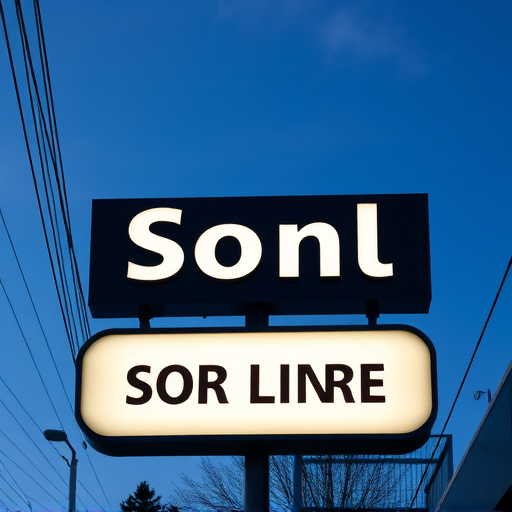A well-designed contractor website, optimized for mobile and search engines using keywords like "contractor website design," is crucial for attracting clients in a competitive industry. It should segment audiences through market research, showcasing tailored content and visuals based on demographics, project types, and pain points. Essential elements include intuitive navigation, clear CTAs, interactive galleries, easy contact forms, high-quality images, 3D tours or virtual consultations, local SEO targeting relevant keywords (e.g., "web design South Florida"), and establishing authority through optimized pages to enhance user experience, trust, and conversion rates.
In today’s digital era, a well-designed contractor website design is crucial for attracting and retaining customers. Understanding your target audience is key to tailoring a site that meets their specific needs. This article delves into the essential elements of an effective contractor website, focusing on user experience and best practices. By optimizing these aspects, contractors can enhance their online presence, generate more leads, and foster stronger client relationships through a tailored, user-friendly website design.
- Understanding Your Target Audience: Tailoring Contractor Website Design
- Key Elements of an Effective Contractor Website
- User Experience Best Practices for Contractor Websites
Understanding Your Target Audience: Tailoring Contractor Website Design

Understanding your target audience is a fundamental step in creating an effective contractor website design. Contractors, whether specializing in home renovation or commercial construction, serve diverse clients with varying needs and preferences. By conducting thorough market research, you can segment your audience based on demographics, project types, and pain points. This knowledge enables you to tailor the website’s content, visuals, and functionality to resonate with each specific group. For instance, a focus on showcasing before-and-after transformations might appeal to homeowners looking for renovation ideas, while providing detailed case studies could better serve commercial clients.
A well-designed contractor website should reflect this tailored approach. Incorporating features like interactive project galleries, clear call-to-actions, and easy-to-use contact forms ensures a seamless user experience for your target audience. Additionally, optimizing the site for search engines, including Google Business Profile (formerly Google My Business) integration, enhances visibility and drives organic traffic. Leveraging SEO marketing services can further bolster online presence, ensuring that potential clients find your expertise when searching for local contractors. A custom website design that aligns with customer needs ultimately contributes to higher conversion rates and stronger client relationships.
Key Elements of an Effective Contractor Website

A well-designed contractor website is a powerful tool to showcase services, attract potential clients, and establish a strong online presence in the competitive construction industry. When crafting a site focused on customer needs, several key elements ensure its effectiveness. Firstly, an intuitive navigation system is crucial for users to easily browse through different services offered, project portfolios, and contact information. Clear categorization of services like remodeling, roofing, or plumbing allows clients to find relevant solutions promptly.
Visual appeal and high-quality images are essential for a contractor website design in South Florida (or any location). Displaying before-and-after photos of successful projects can significantly enhance trust and credibility with prospective customers. Furthermore, incorporating interactive elements like 3D tours or virtual consultations (especially relevant in the post-pandemic era) can boost user engagement and increase website traffic. Optimizing the site for mobile users is vital, as many clients prefer to research and book services on their smartphones, ensuring a seamless experience across all devices, including web design Arlington, is key to keeping up with modern trends.
User Experience Best Practices for Contractor Websites

Creating an exceptional user experience is paramount for any contractor website design. In today’s digital era, folks navigating construction websites expect seamless interaction and quick access to essential information. Implement intuitive navigation menus, clear call-to-action buttons, and optimize mobile responsiveness to cater to users on various devices. Visual appeal is also crucial; high-quality images and videos showcasing past projects can inspire confidence in potential clients.
Integrating SEO marketing services and local citation services into your contractor website design enhances online visibility. Utilizing relevant keywords, including “web design South Florida,” ensures your target audience finds you easily. Well-optimized pages not only attract local clients but also position your business as an authority in the construction industry. Remember that a user-friendly interface and effective SEO work hand in hand to create a powerful digital presence.
A well-designed contractor website is not just an online presence; it’s a powerful tool to engage and cater to customer needs. By understanding your target audience, incorporating essential elements, and prioritizing user experience, you create a digital hub that reflects your brand’s professionalism and drives conversions. Focus on these key aspects to ensure your contractor website design stands out in the competitive market, providing an optimal online journey for potential clients.














